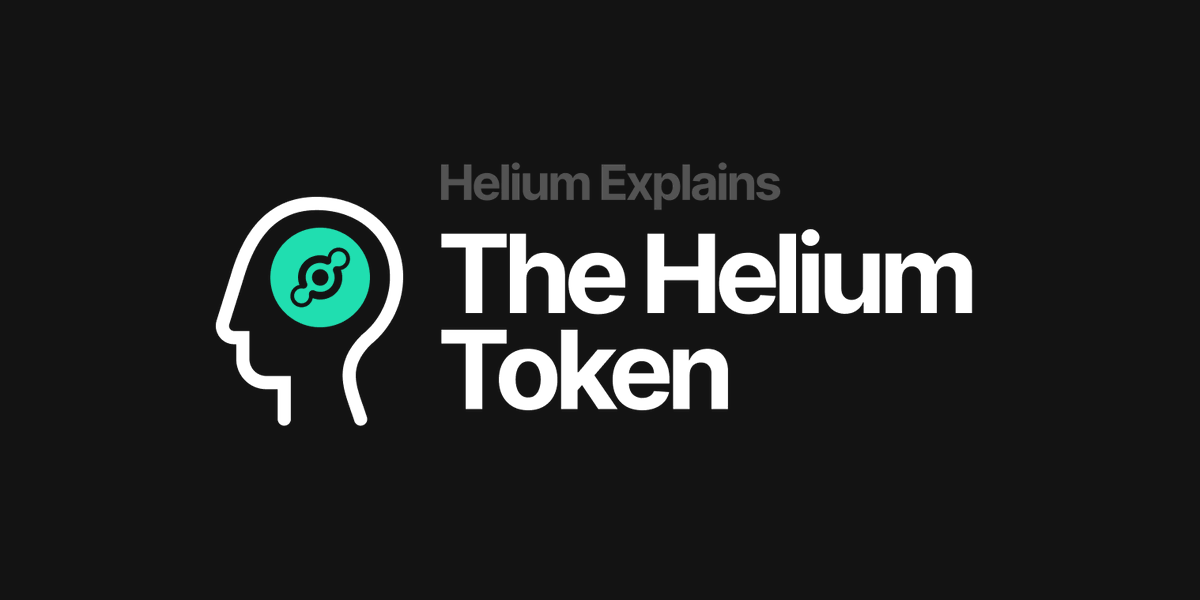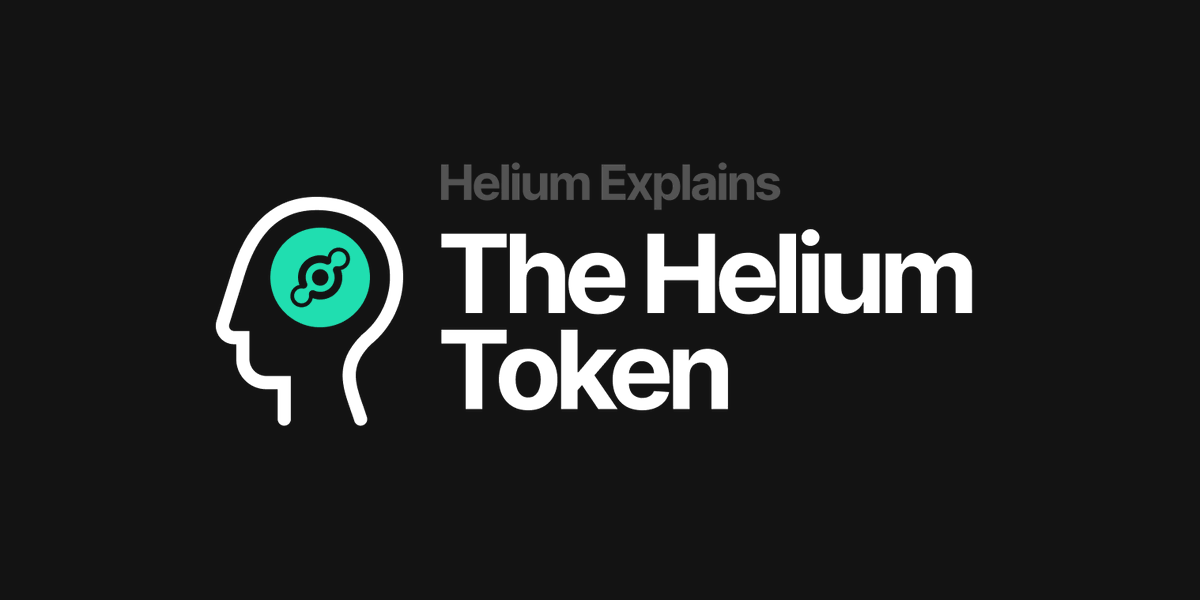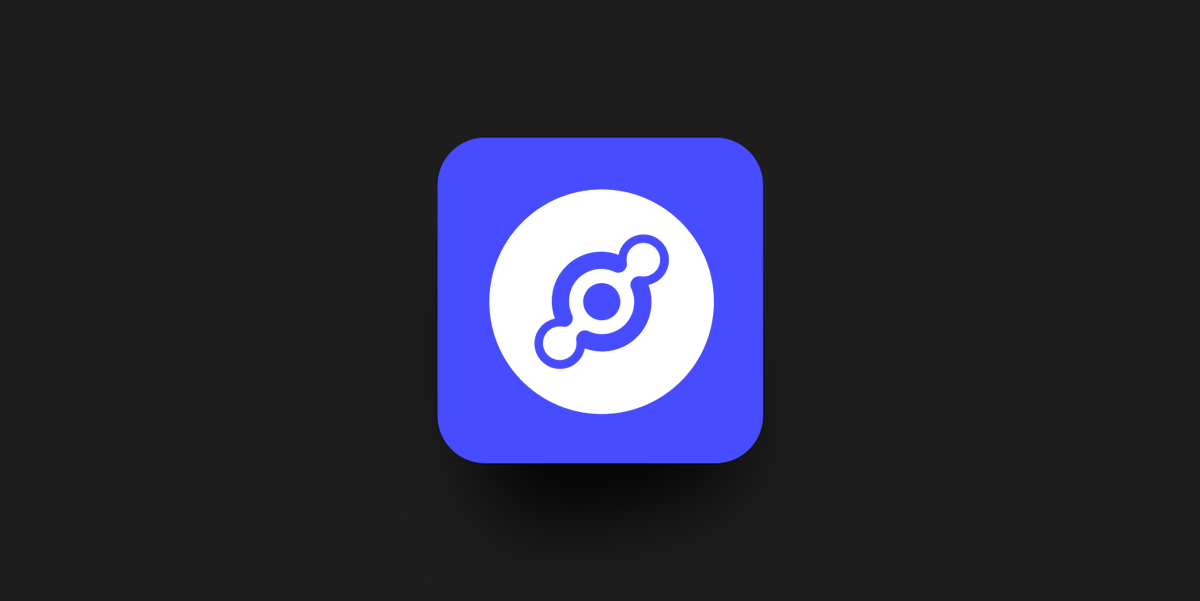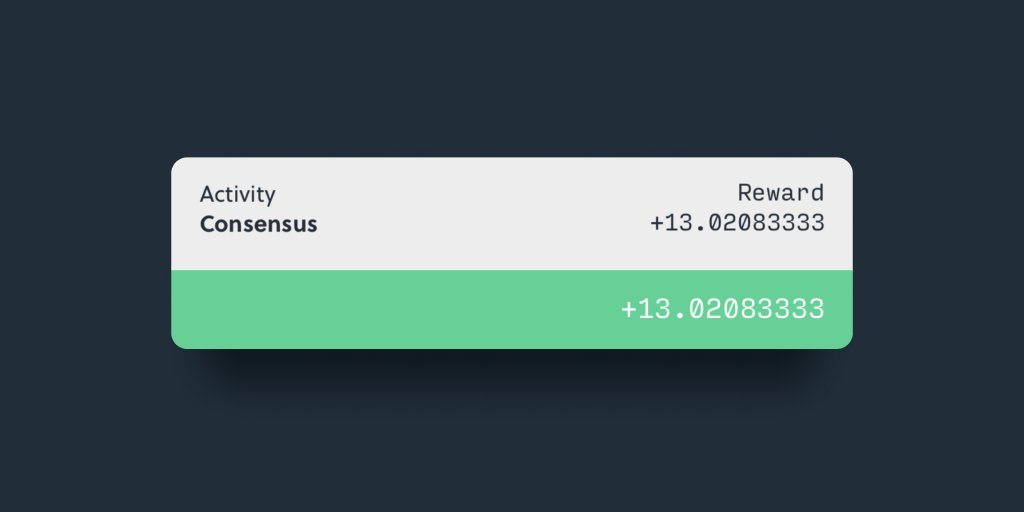
LoRaWAN and 5G Hotspots - @helium Explains 

The @helium IoT and 5G Networks serve the needs of two separate industries. 

Powered by #LoRaWAN, thousands of square miles of coverage on the @helium IoT Network support millions of low-powered use cases such as smart water and parking meters, pet trackers, agricultural sensors, environmental monitoring stations, and flood sensors. 

The @helium 5G Network is the second wireless Network and newest addition to coverage on the Helium Blockchain. Meant for high-speed consumer use, 5G Hotspots fuel coverage for cellular devices such as phones and tablets. 

The amount of $HNT distributed to Hotspots on the @helium Network depends on the type of “work” they perform based on the value to the Network. Here’s a full breakdown of $HNT mining rewards, with 61% of minted rewards earned by Hotspots. 

Of these rewards, Network Data Transfer is allotted to both LoRaWAN and 5G Hotspots. On the other hand, the 26% of rewards allocated for Proof-of-Coverage is currently just for LoRaWAN Hotspots on the Network. 

As the Network evolves toward allowing more wireless protocols besides LoRaWAN and 5G, community discussion continues around whether Proof-of-Coverage should be allocated beyond LoRaWAN, and how such a distribution would take place. Join the conversation: discord.gg/helium. 

• • •
Missing some Tweet in this thread? You can try to
force a refresh















